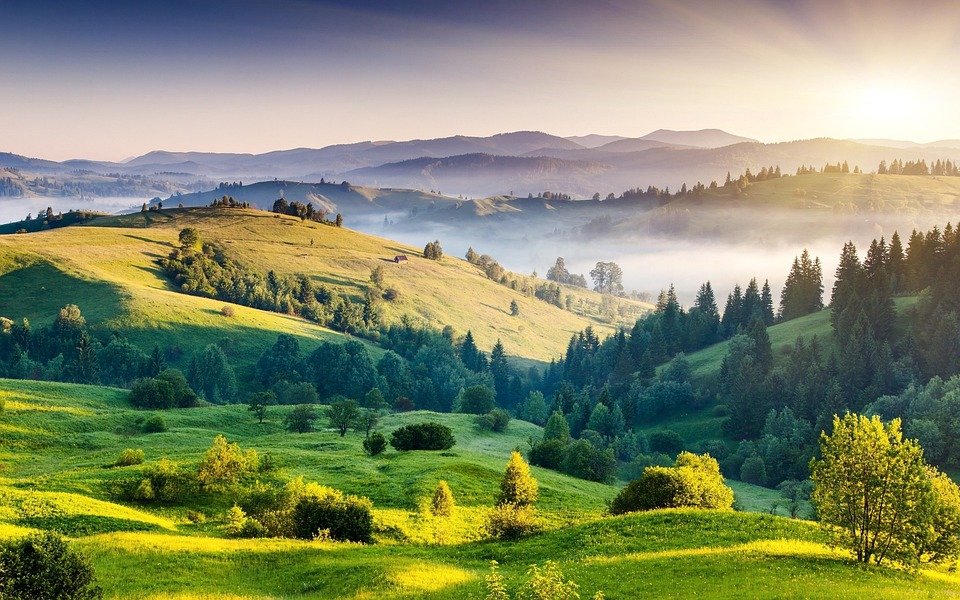Creating a Low-Maintenance Garden Design
Gardening is a popular pastime for many people, but it can also be a lot of work. Taking care of a garden requires constant maintenance and dedication, which can be difficult to keep up with. Fortunately, there are ways to create a low-maintenance garden design, so you can enjoy the beauty of a garden without all the fuss.
Choose the Right Plants
The most important aspect of creating a low-maintenance garden design is choosing the right plants. Certain plants are more resistant to pests and disease, and require less maintenance than others. For example, native plants are great for low-maintenance gardens, as they are already adapted to the climate and soil of your area. Additionally, drought-tolerant plants such as succulents and cacti are great for areas with little rainfall, as they require little to no supplemental watering.
Create Paths and Walkways
Creating paths and walkways throughout your garden can help keep weeds and other unwanted plants at bay. Paths provide a barrier between the garden and the surrounding area, so weeds won’t be able to spread as easily. Walkways also make it easier to access all areas of your garden, so you can quickly identify any problems and take care of them right away.
Utilize Mulch
Mulch is a great way to create a low-maintenance garden design. It helps retain moisture in the soil, preventing weeds from growing and reducing the amount of time you have to spend watering. It also insulates the soil, protecting the roots of your plants from extreme temperatures. You can buy mulch at most garden centers, or make your own by composting fallen leaves and other organic matter.
Avoid Pruning
Pruning is a tedious task, and it’s not necessary for a low-maintenance garden design. Instead of pruning, let your plants grow naturally, as this will help keep them healthy and free from pests and disease. Additionally, native plants are designed to withstand the local climate, so they won’t need to be pruned as frequently as non-native plants.
Invest in Pest Control
Pests can be a major problem for gardens, so investing in pest control is essential for a low-maintenance garden design. Consider using natural methods such as companion planting, which involves planting certain plants near each other to help keep pests away. You can also use traps and insecticides to control pest populations, but be sure to follow the directions on the label carefully.
Conclusion
Creating a low-maintenance garden design can be a great way to enjoy the beauty of a garden without spending all your free time caring for it. By choosing the right plants, creating paths and walkways, utilizing mulch, avoiding pruning, and investing in pest control, you can create a garden that is both beautiful and easy to maintain.










